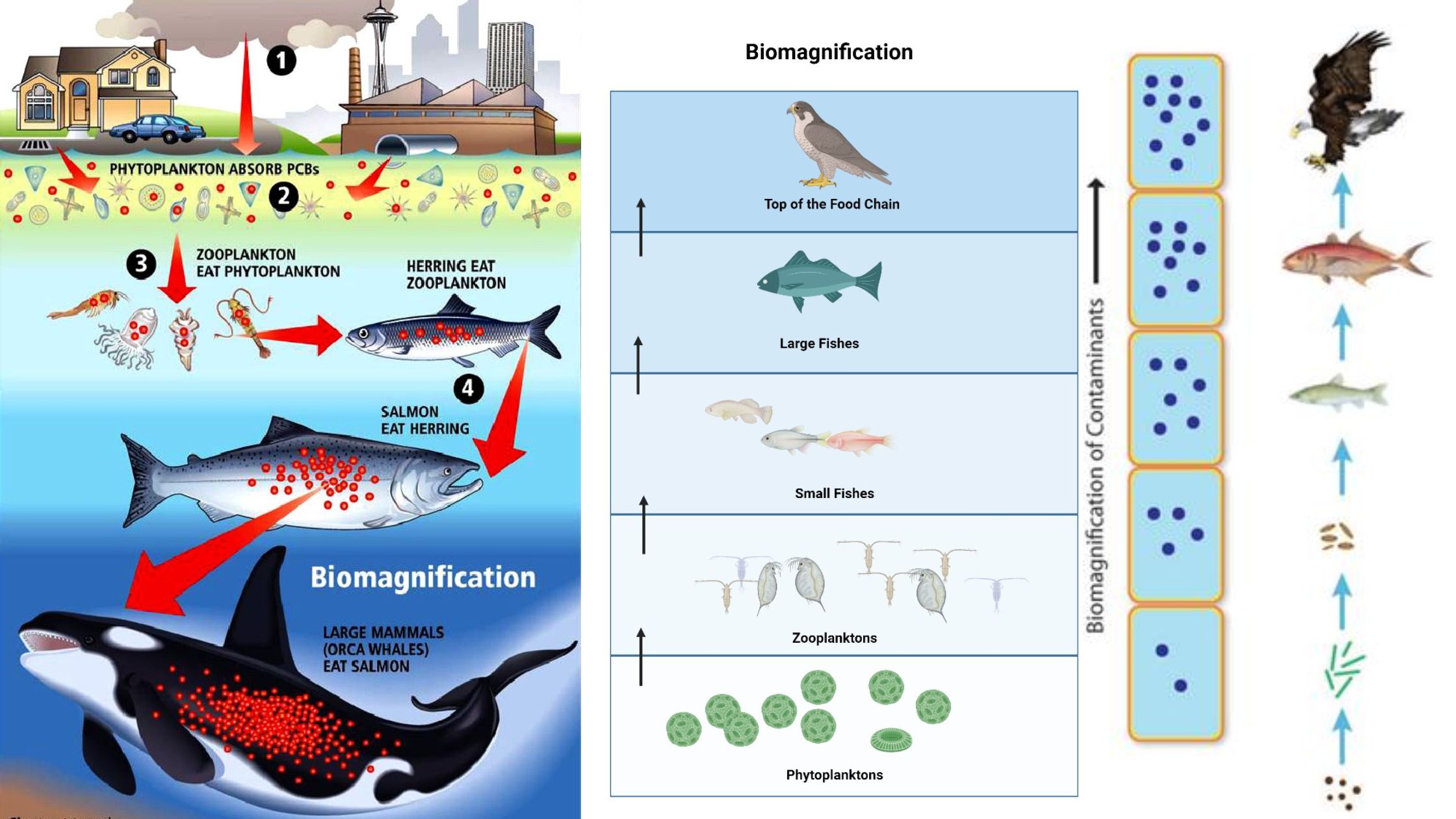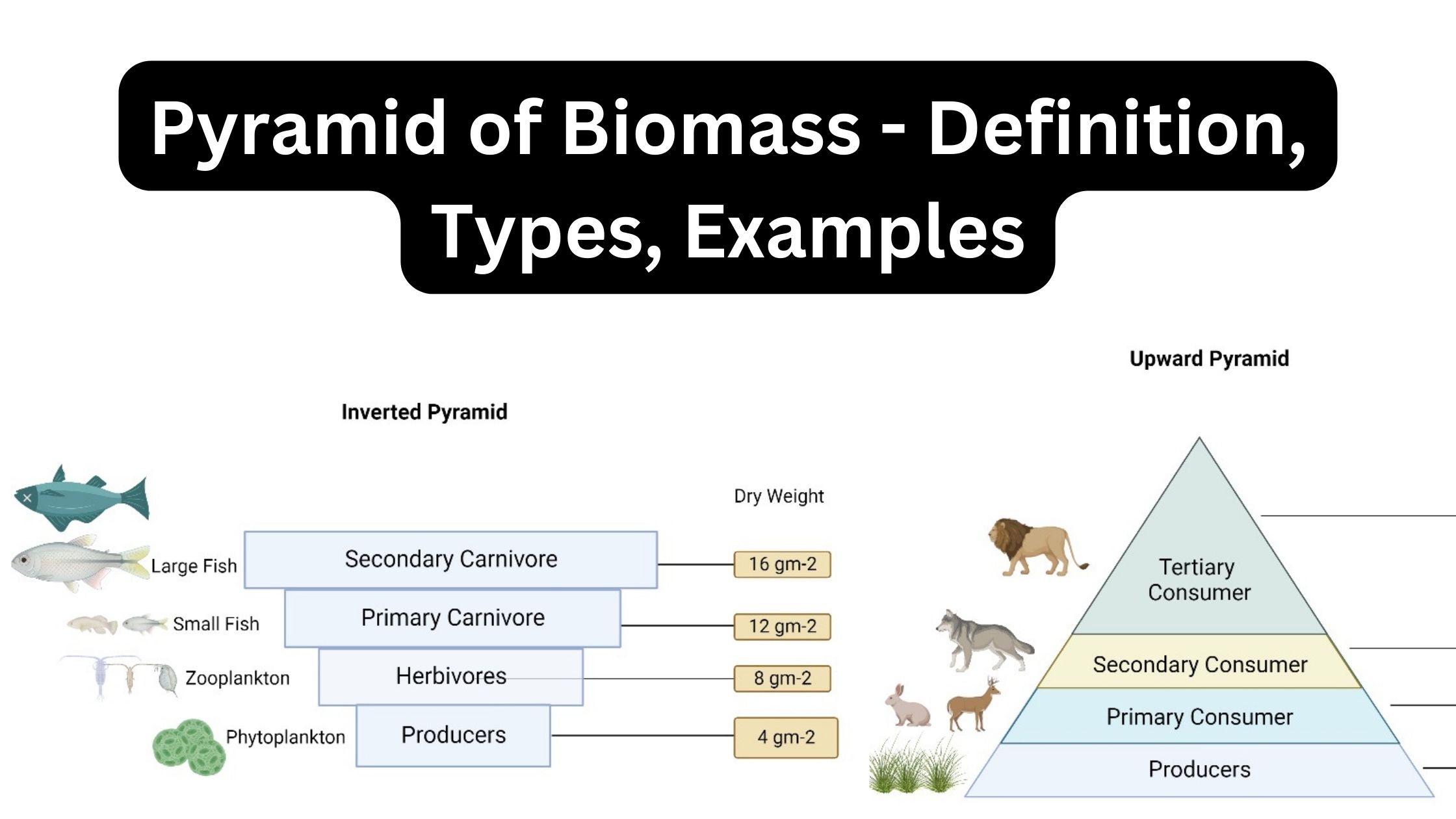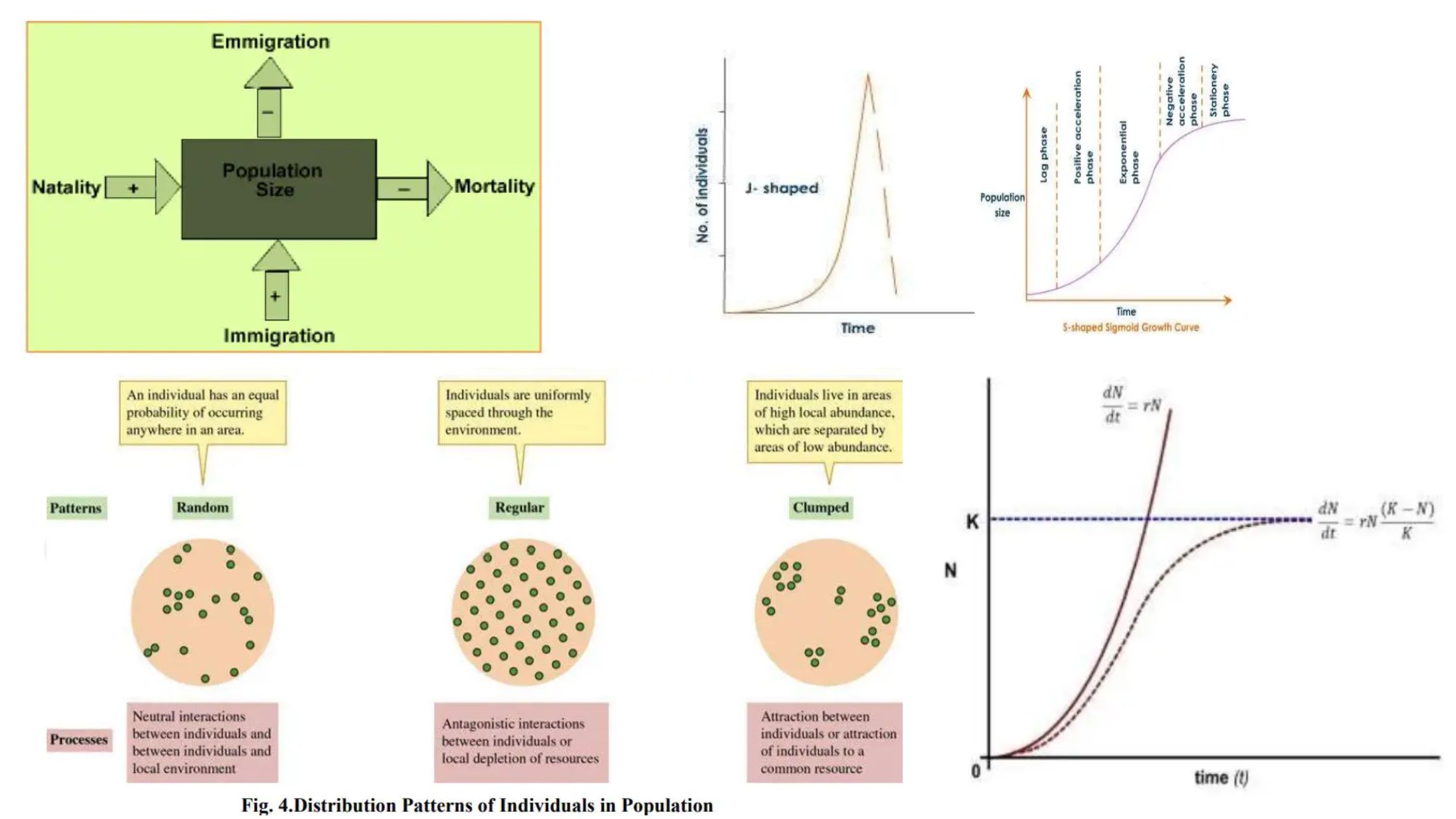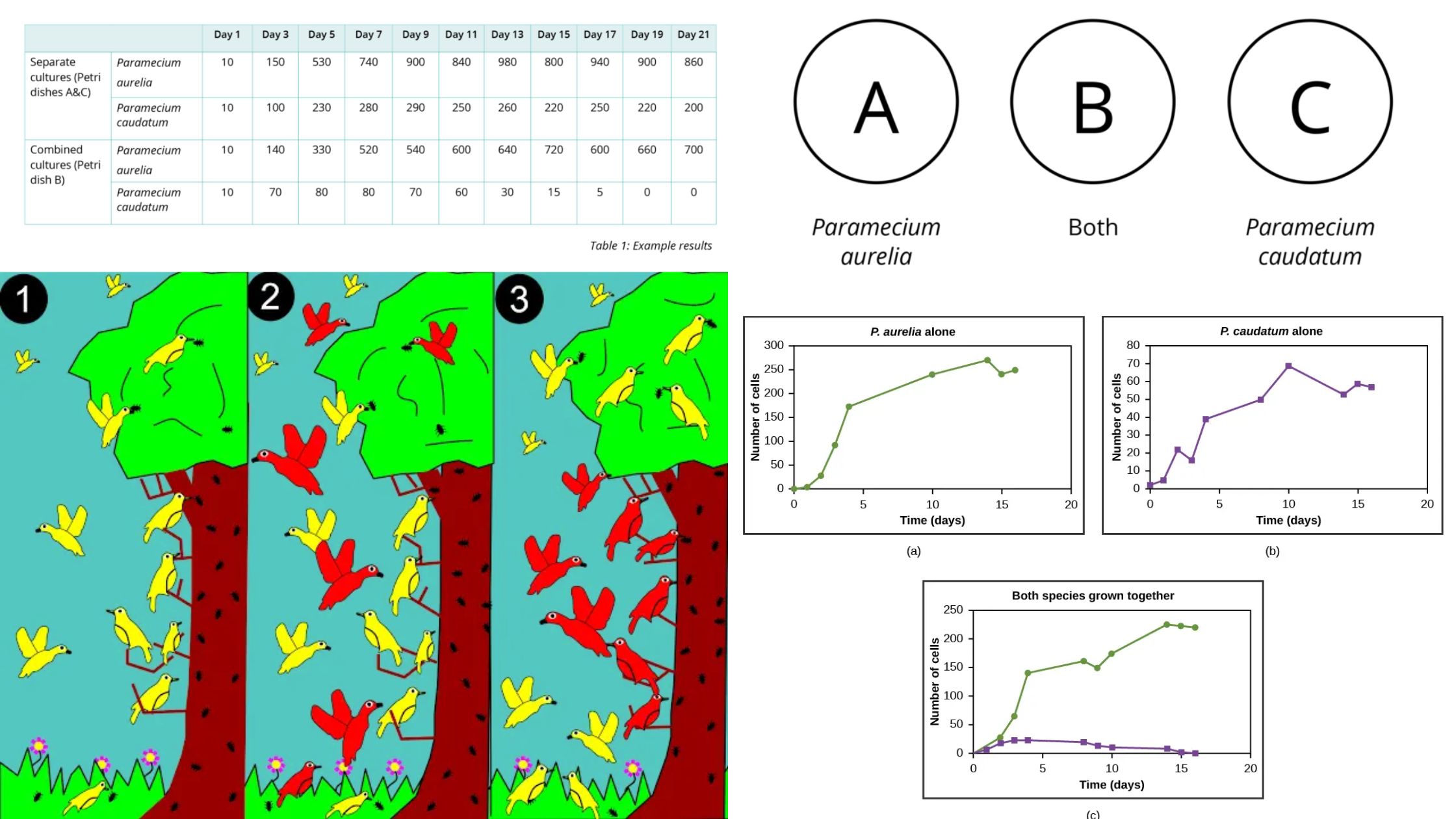Vertical Zonation – Definition, Types, Causes, Factors, Examples
What is Vertical Zonation? Vertical zonation refers to the distribution of different species or communities in distinct vertical layers or zones in an environment. This phenomenon is most commonly observed in marine ecosystems, especially along rocky intertidal shores, but it can also be found in forests and other terrestrial habitats. In each of these environments, … Read more









